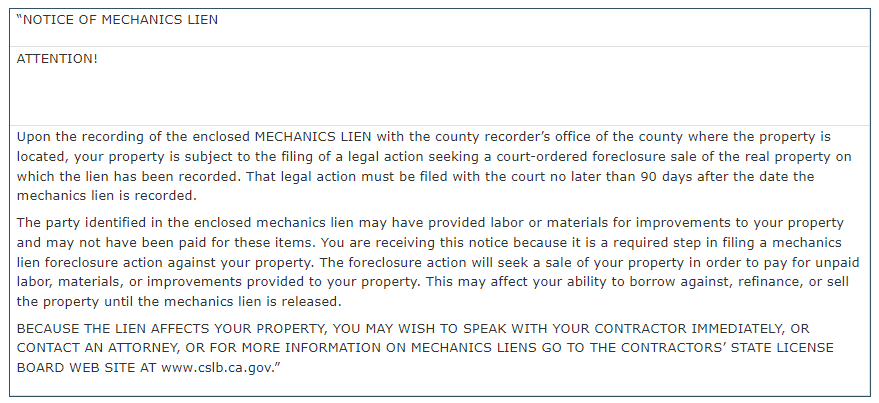
As a Best Practice, Always Obtain a Copy of the Payment Bond
How Important is it to Obtain a Copy of the Payment Bond?
The federal government, in 1935, created the Miller Act statute, requiring prime contractors to obtain a payment bond on any United States Government contract over a certain threshold. This law affords great protection to those who provide labor or materials to the prime contractor or its subcontractors on Federal projects. Mirroring the Miller Act, the individual states have implemented similar statutes, requiring the prime contractor to obtain payment bonds on state, county or municipal projects.
The recommended best practice is to obtain a copy of the payment bond when contracting for the project. Getting a copy of the bond up front is prudent; there are no problems on the project, everyone is happy and requesting a copy of the payment bond will be viewed as normal course of business. In many instances, the statute may specify that the public entity and/or the prime contractor must provide the information upon request to any claimants. The architect may also be able to provide a copy of the bond.
Why Do I Need to Obtain a Copy of the Payment Bond?
Not all projects are bonded! If the improvement is made under a supply contract, rather than a construction contract, a payment bond may not be required. Or, the general contract for the improvement may not meet the threshold for which a payment bond is required. For example, payment bonds on Federal projects are generally required for contracts exceeding $100,000. The threshold varies from state to state on public projects. Before granting credit, be certain the security of a payment bond is in place. Otherwise, another form of security may be negotiated, such as a personal guaranty, a joint check agreement or letter of credit.
The payment bond will confirm both the obligee (the owner of the project) and the principal of the bond (the prime contractor). This is critical information as the statute may provide protection only for certain tiers within the contractual chain. Confirming your place within the contractual chain may help to determine whether you will have a valid claim. Further, the laws in each state typically specify the parties who must be served with a preliminary notice or claim against the payment bond. Having a copy of the payment bond will ensure the proper parties are served, especially when the surety is a required party.
Some statutes look to the terms and conditions of the payment bond to define a claimant and the time requirements for perfecting their rights. Or, in some instances, the verbiage of the payment bond could possibly extend your rights over those provided by statute.
In some cases, usually on larger projects, the subcontractor may be bonded. Best practices would dictate that copies of both the prime contractor’s and subcontractor’s bonds be obtained at the start of the project. If payment is not received, claims could be made against both payment bonds, providing added security.
While generally not required by statute on private projects, an owner may require the prime contractor to obtain a payment bond. Again, the terms of the payment bond may specify what must be done to make a claim, or, in some states, statute may govern the requirements. In some instances, a properly recorded payment bond on a private project may prevent a lien from attaching to the property, or you may have rights under a lien and a payment bond.
Is it Necessary to Have a Copy of the Payment Bond to Make a Claim?
Not always. But when the realization hits that non-payment is an issue, having the payment bond in hand can only help to secure your rights.
Need Help Obtaining a Copy of the Payment Bond?
Did you know, we provide Payment Bond Investigation services? We have an 85% success rate in identifying and obtaining a copy of the payment bond. That’s tremendous! We’re here to help — contact us today and let us do the leg work.
Editor’s Note: This content was originally published in March 2015. It has since been updated and revised for 2023.







